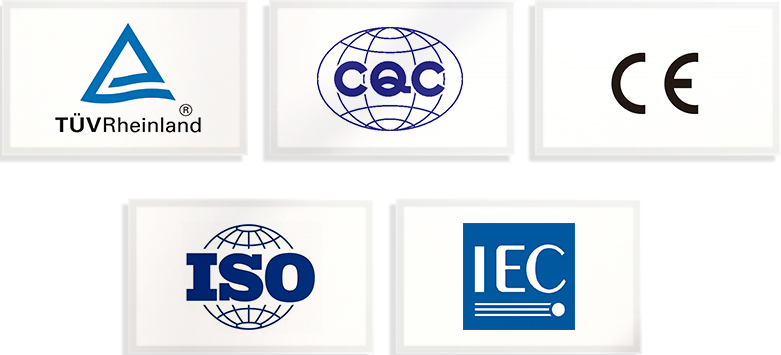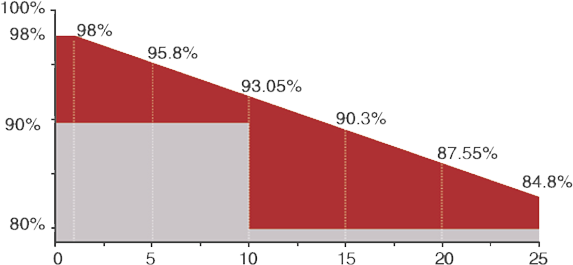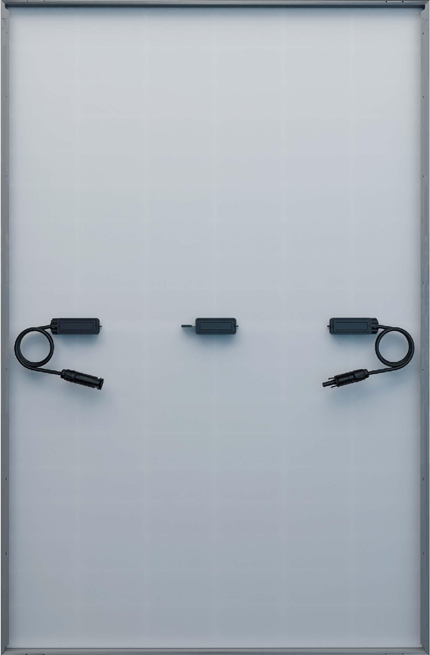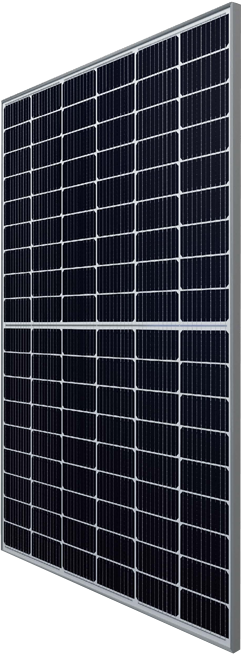Factors affecting the price of single-sided PERC solar panels
A variety of factors affect the price of single sided PERC solar panels, including:
Quantity: bulk purchase can enjoy wholesale price, usually the more quantity ordered, the lower the unit price.
Panel conversion efficiency: panels with higher conversion efficiency usually have higher prices.
Market supply and demand: Market demand, raw material costs, etc. will affect price fluctuations.
Transport and tariffs: International transport costs and tariffs have a direct impact on export prices.
Low attenuation
Excellent electricity generation
High energy density
Better reliability
ISO 9001
ISO 14001
ISO 45001
IEC 61215
IEC 61730


Quality Assurance
Power Guarantee
Annual Decay
Advantages of choosing a monofacial PERC 410W solar panel
Efficient power generation: PERC technology improves the efficiency of photoelectric conversion, especially in low-light conditions.
Lightweight and easy to install: The monofacial design reduces the weight of the panel, reducing the cost of brackets and installation.
Widely applicable scenarios: Suitable for a variety of scenarios such as home photovoltaic power generation, industrial roofs and large photovoltaic power stations.
High cost performance: Compared with bifacial panels, monofacial PERC 410W products are more cost-effective, especially suitable for users with limited budgets.
How to get the best price
Bulk purchase: Buy in bulk to enjoy wholesale prices, suitable for large projects.
Choose local suppliers: If possible, choose local suppliers to save shipping and tariffs.
Attend exhibitions: Attend photovoltaic industry exhibitions to contact suppliers directly and get special offers.
Compare multiple suppliers: Consult multiple suppliers, compare prices and services, and choose the product with the best cost performance.
FAQ:
Q1: What is PERC technology?
A1: PERC (Passivated Emitter and Rear Cell) technology improves the photoelectric conversion efficiency by adding a passivation layer on the back of the cell. It is one of the mainstream technologies for high-efficiency solar panels.
Q2: What is the difference between monofacial PERC panels and bifacial panels?
A2: Monofacial panels only use the front side to absorb sunlight, while bifacial panels can use both the front and back sides at the same time. They are usually suitable for sites with strong reflected light, such as white roofs or ground power stations.
Q3: How to ensure the quality of solar panels?
A3: Choose brands and suppliers with certifications and qualifications, pay attention to whether they have international certifications (such as TUV, UL, etc.), and pay attention to after-sales service and warranty policies.
For more questions about PERC solar panels, please click here to contact us
| Cell | P-type PERC(108) |
| Dimensions | 1722±2mm×1134±2mm×30±1mm |
| Weight | 22kg±3% |
| Glass | 3.2mm AR coating tempered glass,low iron |
| Frame | Anodized aluminium alloy |
| junctionbox | IP68,3 diodes |
| Wireway | 4mm²,350mm(+)/350mm(-)or customized length |
| Packaging | 36pieces/pallet |
| Loadingquantity | 40HQ:936pieces,17.5 meter truck:1152pieces |

| Maxsystem voltage | 1500V DC |
| Operating Temperature | -40°C~+85°C |
| Fuse's rated current | 25A |
| Maxload front | 5400Pa |
| Maxload back | 2400Pa |
| Cell nominal operating temperature | 45±2°C |
| Safety level | Class ll |
| Fire performance | UL Type l |

| Model | JKL108-B-400MH | JKL108-B-405MH | JKL108-B-410MH | JKL108-B-415MH | ||||||||
| STC/NOCT |
|
|
|
| ||||||||
| Maximum power [W] |
|
|
|
| ||||||||
| Maximum working voltage [V] |
|
|
|
| ||||||||
| Maximum working current [A] |
|
|
|
| ||||||||
| Open circuit voltage [V] |
|
|
|
| ||||||||
| Short circuit current [A] |
|
|
|
| ||||||||
| EFF [%] | 20.48% | 20.74% | 21.01% | 21.25% | ||||||||
| Power tolerance [W] | 0 ~+5W | |||||||||||
| Short circuit current temperature coefficient | +0.051%/℃ | |||||||||||
| Open circuit voltage temperature coefficient | -0.260%/℃ | |||||||||||
| Maximum power temperature coefficient | -0.340%/℃ | |||||||||||
| STC | Irradiance 1000W/m², Cell temperature 25°C,Spectral AM1.5 | |||||||||||
| NOCT | lrradiance 800W/m², Ambient temperature 20℃, Spectrum AM1.5, Wind speed 1m/s | |||||||||||
Note: The electrical performance in this product catalog do not only refer to a single module, or are they promised in the contract. The electrical parameters are only used for comparison between different module types.




















